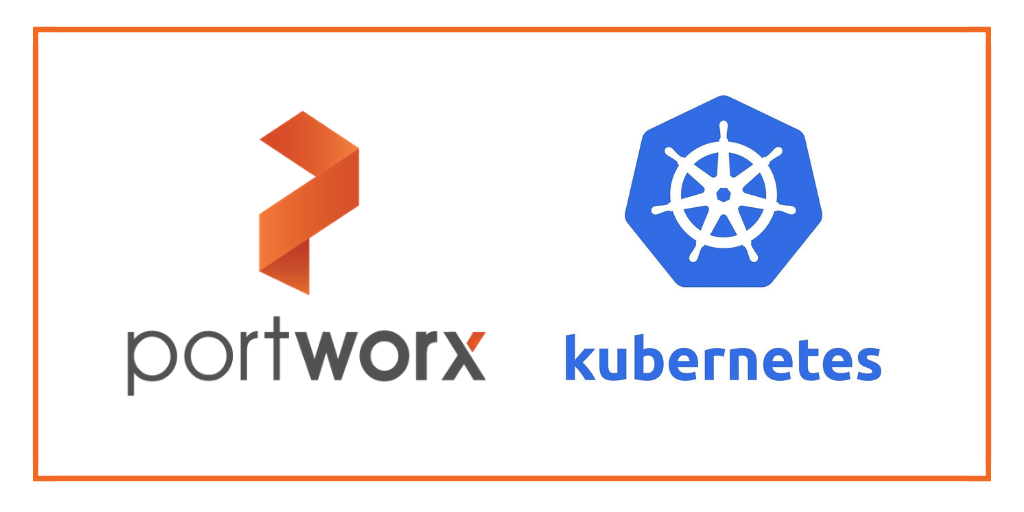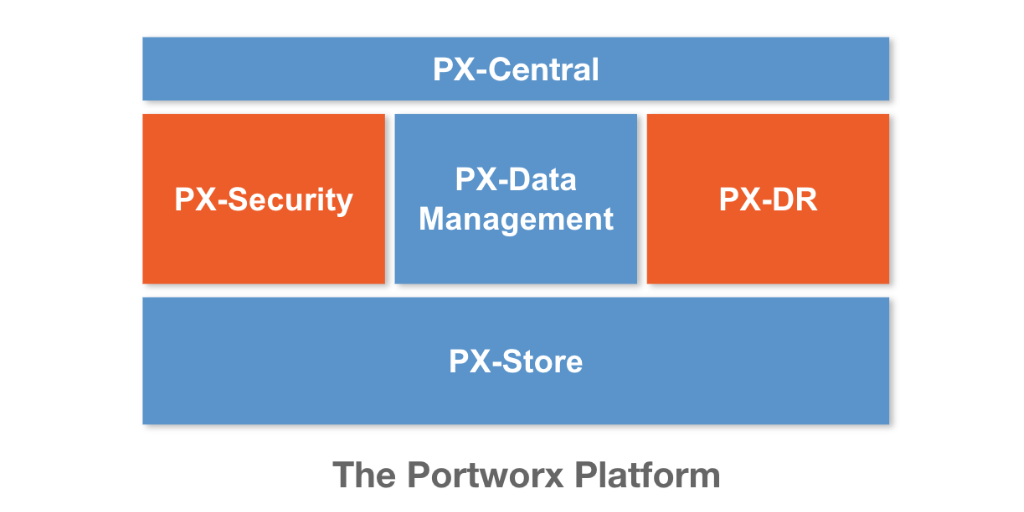Portworx Guided Hands On-Labs. Register Now

What is a zero trust architecture (ZTA)?
A zero trust network architecture is a strategic approach in cybersecurity that is adopted by every organization that demands implicit trust and continuously validates every stage of a digital interaction. Zero trust is based on the principle of “never trust, always verify” and is designed to protect modern, cloud-native scaling environments that enable digital transformation by using strong authentication methods, leveraging network segmentation, preventing lateral movement, providing Layer 7 threat prevention, and simplifying granular, “least access” policies.
Discover the many benefits this groundbreaking technology offers, Establish your organization’s foothold in the realm of advanced cybersecurity systems by implementing a zero trust architecture today.
What is zero trust security in Kubernetes?
In a Kubernetes environment, zero trust security architecture can help to protect networks and infrastructure against threats such as unauthorized access, data breaches, and other cyber attacks. By implementing a zero trust architecture, organizations can ensure that only authenticated and authorized users and devices can access Kubernetes resources, including containers, pods, and nodes. This approach can help prevent data breaches and protect sensitive data from being accessed by unauthorized users.
It also is helpful in securing containerized applications and protecting against potential security threats in a dynamic, distributed environment.
Applying zero trust architecture principles to Kubernetes
Now that we’ve established the goal — reduced reliance on network perimeter controls — and some of the challenges in implementing it, let’s review some best practices on how to achieve zero trust security in Kubernetes:
- Authentication: To uphold zero trust security principles with Kubernetes, the first step is ensuring regular authentication of all users and service accounts. The way to achieve this is by using Role-Based Access Control (RBAC) to control access to Kubernetes resources. RBAC allows you to define fine-grained permissions for users and service accounts, limiting what actions they can perform on resources. It is essential to establish this level of identity protection before continuing, as, by default, Kubernetes grants all users cluster-admin permissions, posing a significant network security risk.
- Authorization: All users and services accounts must not only have authentication but also authorization. This is a key principle of zero trust. To maintain robust security, all users should remain limited in their actions — even after authentication. In other words, not all users should be allowed to perform every task; rather, they should be granted just enough access to do what they need.
- Security policies: Use tools like gatekeeper Kyverno to manage and enforce security standards. These tools provide a set of controls that allow you to restrict what a container can do and what resources it can access. For example, you can prevent containers from running as privileged, restrict the use of host network and volumes, and require a specific security context. Network policies control traffic between pods and allow you to define rules for incoming and outgoing traffic between pods, restricting access to sensitive resources and enforcing segmentation of your system.
- TLS for all communications: Encrypting all traffic with TLS helps to prevent eavesdropping and data tampering. Use Kubernetes Ingress with TLS termination or a service mesh like Istio to ensure end-to-end encryption.
- Monitoring and logging: Monitoring Kubernetes activity allows you to detect and respond to security incidents quickly. Use Kubernetes Audit Logging to record all API server requests and use tools like Prometheus and Grafana to visualize and analyze logs.
- Continuous scanning: Regularly scan for vulnerabilities and apply updates. Use a container image scanner to detect vulnerabilities in your images and regularly update your Kubernetes components and applications to ensure that security patches are applied.
- Data security: The most important aspect is to make sure the data volumes mounted to Kubernetes are encrypted and any data related activities are logged (telemetry data about volumes) and erased when not in use or unmounted. This helps organizations to adhere to data security laws and policies.
By following these best practices, you can implement a zero trust security model in Kubernetes, improving the security of your cluster and reducing the risk of data breaches and other security incidents.
Organizations that prioritize digital transformation using cloud-native solutions like Kubernetes must adopt a zero trust approach to secure the data and workloads. However, transitioning to this approach is a journey for every enterprise. Abilities like micro-segmentation, fine-grained authorization, data security and encryption help organizations to scale and stay secure.
Talk to us about how we can help you in your zero trust security and data security journey or read our Essentials of Kubernetes Data Protection whitepaper to learn more.
Share
Subscribe for Updates
About Us
Portworx is the leader in cloud native storage for containers.
Thanks for subscribing!








